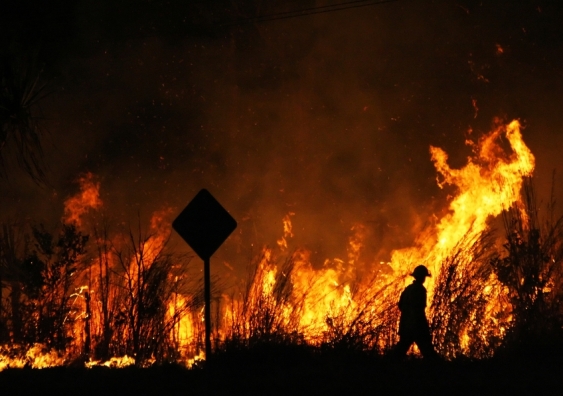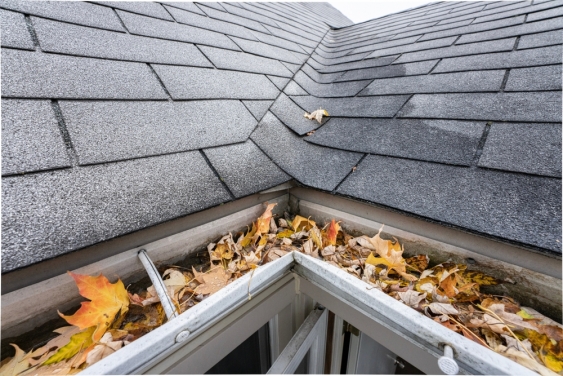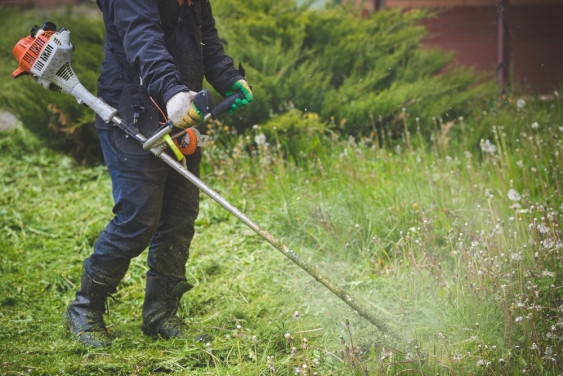This bushfire season could be bad. Protect yourself by doing these five things
A UNSW Sydney fire expert has warned bushfires could be fierce and widespread this summer and is encouraging people to be fully prepared as soon as possible.
A UNSW Sydney fire expert has warned bushfires could be fierce and widespread this summer and is encouraging people to be fully prepared as soon as possible.

Neil Martin
n.martin@unsw.edu.au
This yearās bushfire season has the potential to be especially dangerous, says a UNSW fire expert, who is urging people to get prepared and mitigate the risks.
Professor Guan Yeoh, director of the , says recent weather patterns have created conditions that increase the chance of major bushfires.
Those include three years of increased rain which have promoted rapid vegetation growth, followed by a more recent very dry winter creating a tinderbox scenario. That means any incident of lightning, which isĀ the cause of around 50 per cent of bushfires in Australia, could easily spark rapidly spreading fires over wide areas.
Read more:Ģż
In addition, the World Meteorological Organisation (WMO) has recently forecast that the southern hemisphere is entering into an El NiƱo climate cycle and has warned of a āsurge in global temperaturesā.
āIn the last few years, we have had a lot of rain and floods and because of that there has been a lot of growth of grass, trees and bushland,ā says Prof.Ā Yeoh, from UNSWās School of Mechanical and Manufacturing Engineering.
āI was recently in the Blue Mountains just outside Sydney and I could see that everything was totally green and flourishing.
āThis winter has been very dry and now we must be ready for a scenario where we will have high summer temperatures, the same as they are currently experiencing in the northern hemisphere.
āGiven all that I think it is important for people to be really prepared for bushfire season and think about what might be coming.ā
Prof. Yeoh says people can help protect themselves and their property from the dangers of bushfires with a few simple tasks and is encouraging them to be done as soon as possible.
āPrevention is always the best thing if possible, so I think everyone should get prepared now. If you leave it too late, you tend to forget or you run out of time,ā he says.
āI think if you can prepare yourself now then youāll be ready for when bushfire season starts, which may be as early as September this year given the conditions.ā
Here are Prof. Yeohās five tips for getting ready for bushfire season:

Cleaning gutters of leaves and twigs can help prevent fires being ignited by hot embers. Image from Shutterstock
Throughout the year leaves and other vegetation can easily accumulate in gutters around your house.
This is all fuel for a potential fire and can easily be sparked by extremely hot embers that often carry many kilometres on the wind from the main location of a raging bushfire.
Cleaning gutters is one of the main ways to ensure that your house does not catch fire in a bushfire situation.
After clearing the gutters, it would be a good idea to hose them with water, which reduces the chances of hot embers sparking a fire.
This should also prompt you to ensure you have a reliable supply of water should it be needed to dampen down approaching flames.
It is also important to have sturdy hoses easily available which can reach all around your property for the same reason.

Keeping lawns short and gardens well maintained can create a 'buffer zone' around your property to help protect from bushfires. Image from Shutterstock
As much as possible, try to create a ābuffer zoneā between local bushland and your property.
This means trimming overhanging trees and shrubs, mowing long grass and removing the cuttings.
Itās also important to remove any flammable materials around your house such as outdoor furniture, paint cans, and even door mats.
Make sure you and your family have a clear and concise plan to evacuate if conditions become too dangerous.
Think carefully about when you would decide to escape, which route you would take and what the back-up option would be should a bushfire block your way.
Prepare fully by keeping up to date with local bushfire information via TV, radio, websites, social media, and special apps such as FiresĀ Near Me.

The fire danger ratings were updated in 2022 to be simpler and give clearer actions for people to take in the event of a local bushfire. Image from NSW Rural Fire Service
If you have the time, fire retardant paints are available which could prevent your house from being badly damaged or even destroyed in a bushfire.
Prof. Yeoh and his team at UNSW have helped develop a fire-coat paint - the first to meet the Bushfire Attack Level 40 standard indicating a high bushfire risk.